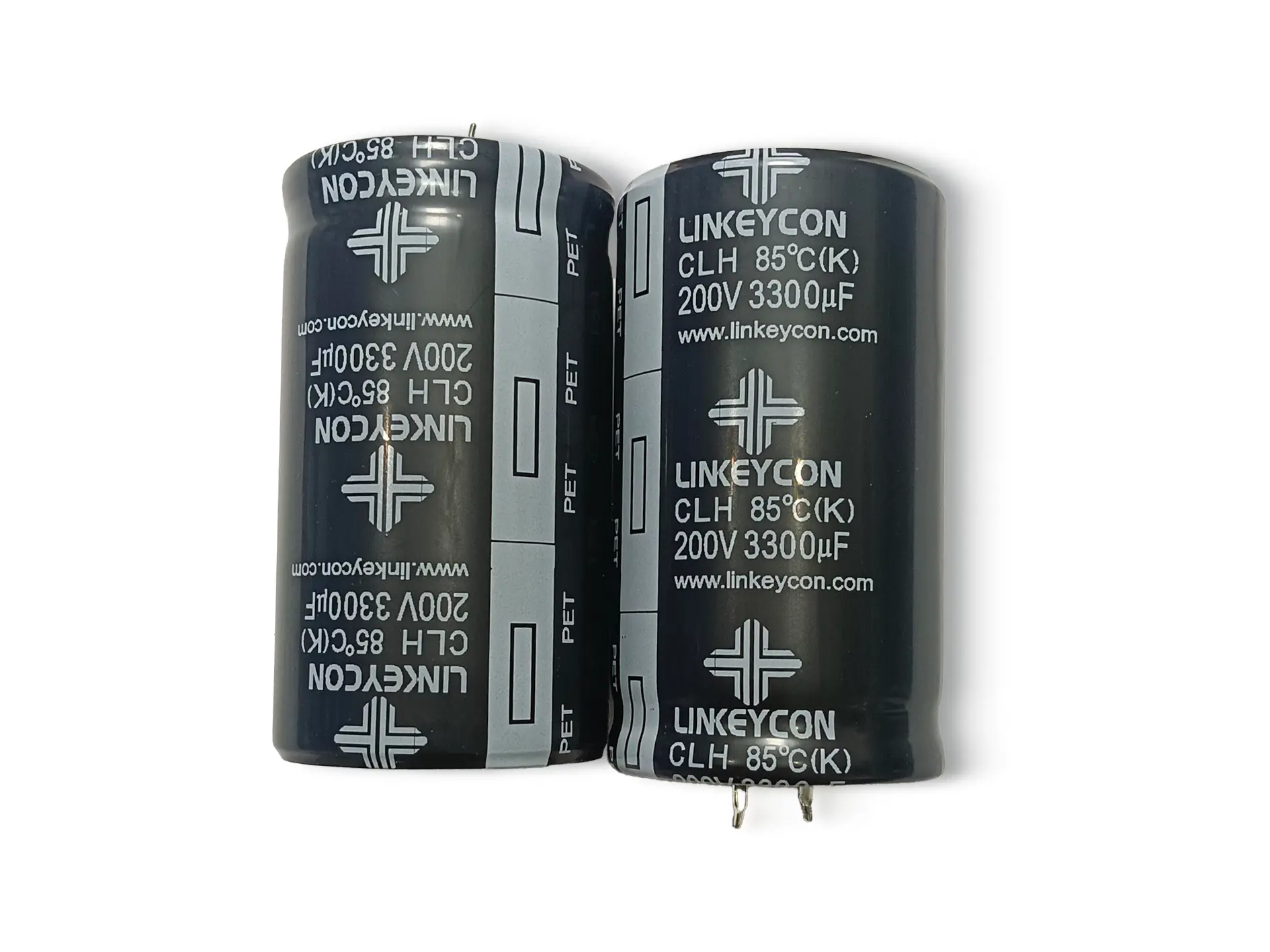Troubleshooting Tips for Your 2200uf Capacitor
Have you ever encountered a failing capacitor in your electronics projects? Whether it's a dimmer switch flickering or a motor not spinning up, capacitors are crucial for maintaining smooth operation. If you're like many tech enthusiasts, you might be wondering how to diagnose and fix these issues. Look no further! This guide provides essential troubleshooting tips for your 2200uF capacitors, ensuring your electronics run like new.
Understanding Capacitors: The Basics
Capacitors are like the unsung heroes of our electronic devices. They store electrical energy and play a vital role in smoothing, bypassing, and timing applications. A 2200uF capacitor is particularly useful, often found in power supplies and audio systems. However, like any component, it can develop issues such as reduced capacity, leakage, or complete failure. It's crucial to know the basics to understand what's happening with your capacitors and how to address potential problems.

Common Symptoms of Capacitor Failure
There are a few key signs to watch out for when a capacitor is failing:
1. Reduced Brightness: If a light in your circuit is flickering or becoming dim, it could be a sign of a failing capacitor.
2. Increased Heat: If a capacitor is overheating, it may eventually fail completely. This is a serious sign that requires immediate attention.
3. Aging Signs: Over time, you might notice signs of wear such as darkening of the capacitor's outer case or a drop in its capacitance value.
Essential Tools for Troubleshooting
To diagnose issues, you'll need a few essential tools:
- Multimeter: A versatile tool that measures voltage, capacitance, and resistance.
- Insulation Tester: Helps you check for leakage by measuring resistance between layers.
- Capacitance Tester: Provides precise measurements of capacitance, ensuring you know exactly what you're dealing with.
Step-By-Step Troubleshooting Guide
Heres a step-by-step guide to help you identify and fix issues with your 2200uF capacitors:
1. Observe Symptoms: First, take a moment to observe whether the capacitor is performing normally or showing signs of failure.
2. Measure Capacitance: Use a multimeter to check if the capacitance is lower than the labeled value. A drop in capacitance can signal a problem.
3. Test for Leakage: An insulation tester can help you measure resistance and identify if there's leakage. Low insulation resistance indicates potential issues.
4. Check Environment: Make sure the environment is stable, with consistent temperature and humidity levels.
5. Consider Aging: Older capacitors may degrade faster, so keep an eye on their performance over time.
Real-Life Scenarios
Lets walk through a couple of examples to help you understand how to troubleshoot these issues:
1. Case Study 1: Capacitor Failing the Basic Test
- Symptoms: Brightness reduction and capacitance drop.
- Diagnosis: The capacitor is likely aging or experiencing environmental stress like temperature fluctuations.
- Solution: Replace the capacitor with a new one of the same specifications to restore its performance.
2. Case Study 2: Capacitor Shows Leakage
- Symptoms: Your multimeter shows low insulation resistance.
- Diagnosis: Leakage might be due to worn-out insulation or improper installation.
- Solution: Clean the capacitor thoroughly and retest. If the leakage persists, replace the capacitor with a new one.
3. Case Study 3: Capacitor Ages Successfully
- Symptoms: Gradual capacitance reduction.
- Diagnosis: The capacitor is showing signs of aging.
- Solution: Monitor the capacitors performance and consider replacing it sooner rather than later to avoid failure.
Preventive Maintenance Tips
To extend the lifespan of your 2200uF capacitors and ensure they remain in peak condition:
1. Store Properly: Keep capacitors in a cool, dry place to prevent aging and environmental stressors.
2. Inspect Regularly: Check for dirt or damage before using them to catch issues early.
3. Replace Early: Capacitors degrade over time, so its better to replace them promptly to avoid unexpected failures.
FAQs: Your Guide to Capacitor Troubleshooting
-
What causes capacitors to fail?
Capacitors can fail due to environmental factors like temperature and humidity, improper handling, and natural aging of the components. -
Can I replace a failing capacitor without testing it first?
Its not recommended. Always test the new capacitor to ensure it meets the required specifications. -
How old is too old?
Look for signs of aging, such as reduced capacitance or increased leakage. If the capacitor is significantly old, its time to replace it.
Recap: Ensuring Your Capacitors Stay Healthy
Capacitors are the backbone of many electronic devices. By following these tips, you can diagnose and fix issues, restoring your electronics to peak performance. A well-maintained capacitor means a smoother operation. Keep these pointers in mind, and your tech projects will run more smoothly.
Gebäude 8&9&12, Fabrik zur Standardisierung elektronischer Informationen, Wirtschaftsentwicklungszone Susong, Provinz Anhui, P. R .China.
R&D-Mitte: Hauptsitz Dongguan
Fertigungszentrum: Susong, Anqing, Anhui





